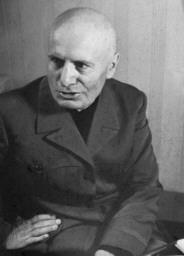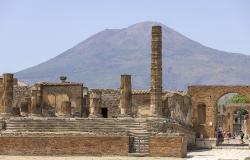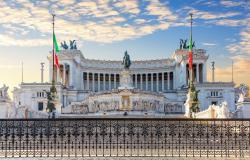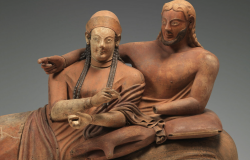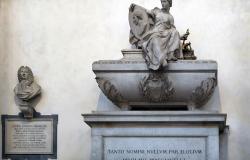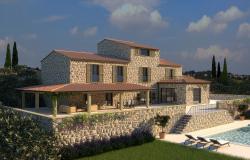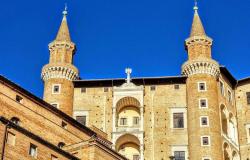A bid by Mussolini's grandson to get a judicial ruling on the execution of Il Duce in 1945 was rejected by Italy's highest appeals court on Thursday.
The Cassation Court said there was no reason to open a fresh probe into the dictator's shooting.
It declared an appeal by Il Duce's grandson Guido ''inadmissible''.
Guido, the 69-year-old son of the Fascist dictator's son Vittorio, saw his original bid to reopen the case turned down in October by a judge in Como, the northern lakeside city which is near the village where Mussolini was shot by partisans.
Guido's lawyers contested the judge's ruling that the slaying is covered by Italy's statute of limitations, saying ''it wasn't an ordinary homicide but the killing of a head of state in violation of laws covering prisoners of war''.
Despite the ruling, the lawyers vowed to press on.
''We are entitled to ask for the case to be reopened if fresh evidence emerges,'' they said.
Guido believes there is footage of the execution in a private archive in Washington.
The dictator's grandson started his legal bid in 2006 to establish ''by judicial means, and therefore definitively'' the cause of his grandfather's death.
Guido Mussolini's initiative has aroused opposition within the family, especially from hard-right MP Alessandra Mussolini, who is the daughter of Il Duce's other son Romano.
She said her grandfather should be ''left in peace''.
The circumstances of Mussolini's death have been the subject of much debate, with different historians and political groups giving slightly varying accounts.
Il Duce was arrested near the village of Dongo, not far from Como, on April 27, 1945, as he tried to escape to Switzerland.
An Italian resistance fighter recognised him among a truckload of retreating German soldiers even though he had disguised himself by putting on a German army uniform.
According to the standard historical reconstruction, Mussolini was executed on April 28 by order of the National Liberation Committee, a sort of 'government' of the Resistance movement.
Guido Mussolini says this decision was ''unlawful'' and that his grandfather should have been handed over to national or international courts.
Some historians appear to agree, saying the leftwing partisans who captured the fleeing dictator had taken the law into their own hands, killing him immediately in order to avoid having to negotiate with allies and foreign powers over his fate.
In a declaration released when he began his battle, Guido Mussolini said he wanted to know ''how, when, why and by whom Benito Mussolini was killed''.
''I have no desire for vengeance. I just want to know the truth about a case which, in the version given by official history books, seems ridiculous'', he said.
Doubts linger over who carried out the execution and the exact sequence of events after the capture. It has also been suggested that foreign secret agents might have been involved, although no evidence for this has emerged.
The grandson's lawyer Luciano Randazzo said that no proper judicial enquiry had ever been carried out into the death of Mussolini.
''Historians have put forward 19 different versions of the events but there has been no judicial enquiry to establish the truth'', he said.
After his execution, Mussolini's body, along with that of his lover Claretta Petacci and a few other officers, were taken to Milan on April 29 and hung upside down from the roof of a petrol station.
But the dictator's ghost refuses to lie down. There was an outcry in September when ex-premier Massimo D'Alema, currently Italy's outgoing foreign minister, said Mussolini should have been given a Nuremberg-style trial rather than being summarily executed.
''A trial would have been fairer,'' Massimo D'Alema told the Panorama news weekly.
An international tribunal like those held for Nazi war crimes in the German city at the end of the war ''would have permitted the reconstruction of a piece of Italian history,'' D'Alema said.
Mussolini was buried in Predappio, the town in northern Italy where he was born in 1883. Every year his tomb attracts hundreds of visitors.
